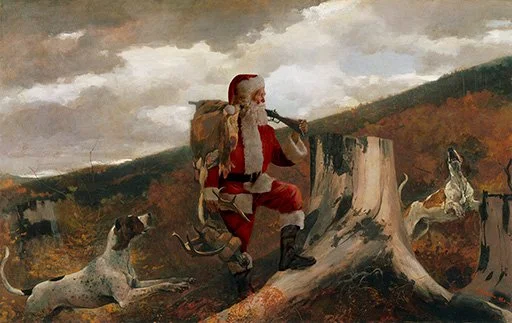Inspired by: Jean-Auguste-Dominique Ingres - Raphael and the Fornarina
For Ingres, Raphael was the pinnacle of artistic achievement. Frequently borrowing from the oeuvre of Raphael, Ingres positioned himself as the modern-day descendent of the revered painter. In this painting, we are given a glimpse of the personal life of his idol.
Raphael had a thing for a woman known as “La Fornarina”. She was his model, muse and lover and he painted her many times. According to the biographer Giorgio Vasari, who documented the lives of many of the Renaissance painters, this relationship led to the young artist’s death (aged 37) from “excessive passion”. Here we find ourselves in Raphael's studio. His latest canvas barely begun on the easel before him. La Fornarina
has risen from her pose to embrace the artist, sitting on his knee and looking out to the viewer. Her confident look says he is mine. Raphael’s gaze is firmly fixed on his painting telling us that the artist must not abandon the high calling of art to pursue the pleasures of love.
Ingres was amongst a litany of artist enamored with Raphael and his mistress. Picasso created several etchings, that depict them In flagrante delicto. He added Michelangelo spying on them from behind the draperies or under the bed. And sometimes the Pope is peeping through the keyhole.
To see the original: https://bit.ly/4q3honz
